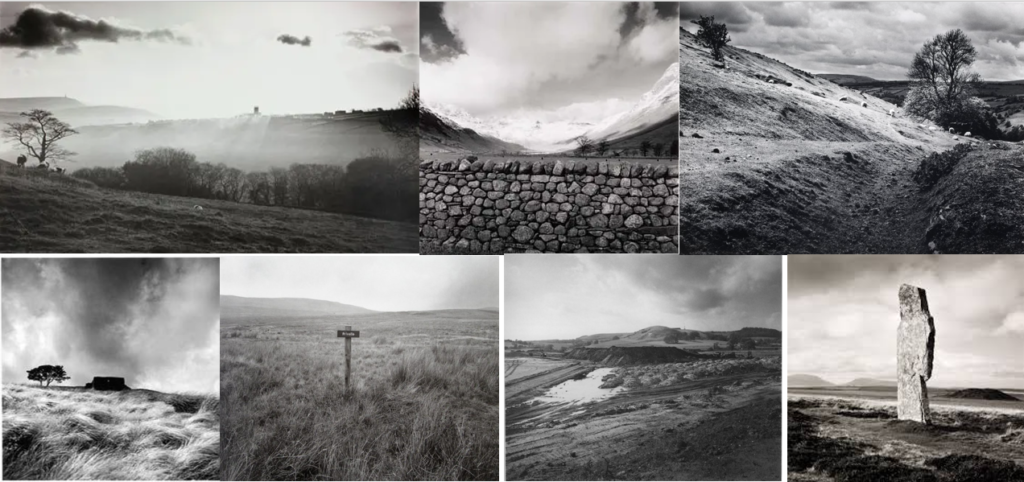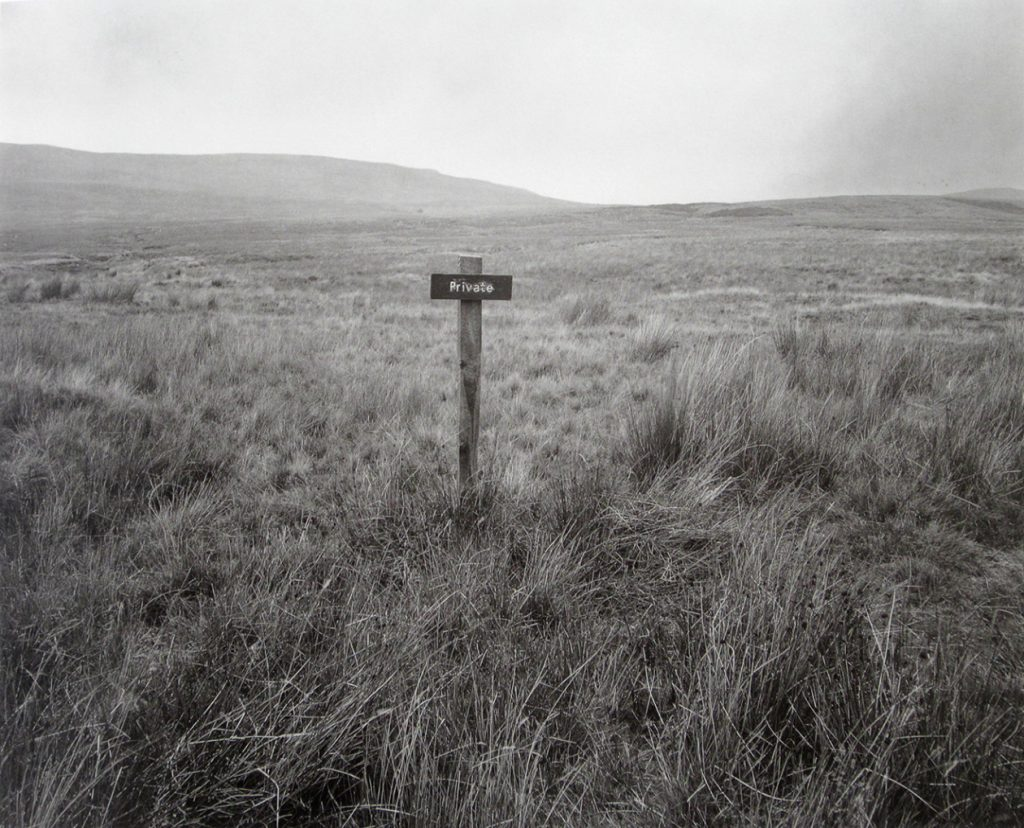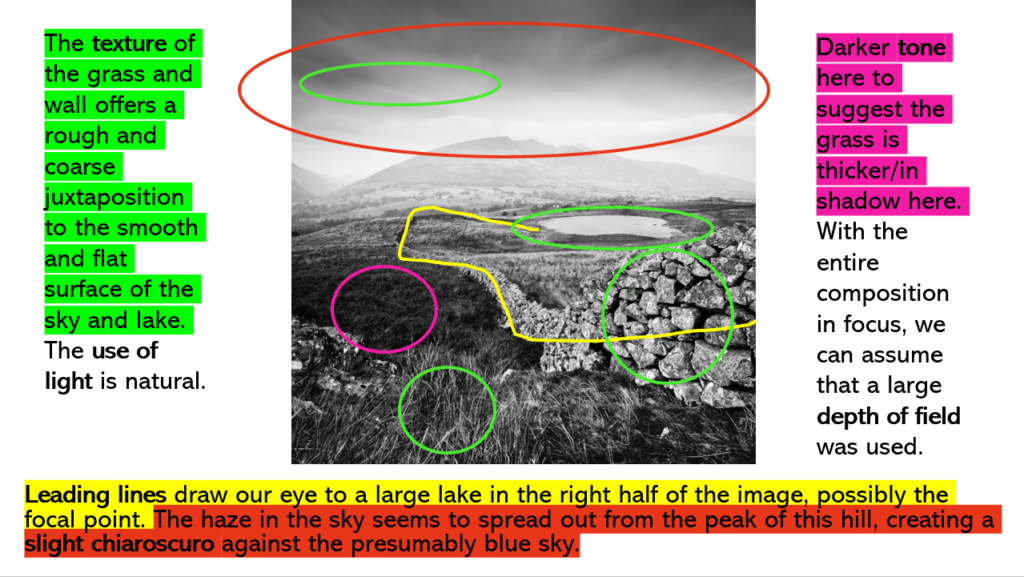
Fay Godwin was an artist that I have looked at previously for my romanticism project earlier in this landscape module, but this time I looked a little closer. After doing further research, I have discovered that her dislike of being named as a ‘Romantic Artist’ is not just due to personal disagreement but because of the intention behind her work being of the documentary nature.

As an amateur to the medium, Godwin found herself attaching to the landscape genre through her love of walking in the English countryside, often collaborating with writers ‘to produce in depth surveys of particular rural topics or regions.‘.
The activism aspect in her work stems from her personal enjoyment of walking, with her presidency of the Rambler’s Association from 1987-1990 being evidence of this. Most particularly, she focused her career on supporting the establishment of legislation that allowed walkers more roaming rights with less restrictions from private landowners. The introduction of the Countryside and Rights of Way Act in 2000 is a testament to the work she did as president of the association.
Through her images, Godwin demonstrates the juxtaposition and relationship between uncultivated land and the human marks on it. This is done through her framing of fencing and signage as symbols of land ownership and enclosure in the countryside.

This essay explains Godwin’s personal connection to her cause, as well as her inspirations.
‘The old question about whether photography is an art is a silly question. I’ve been called a Romantic photographer and I hate it. It sounds slushy and my work is not slushy. I’m a documentary photographer, my work is about reality, but that shouldn’t mean it can’t be creative.’
– Godwin (quoted in Fowles 1985: xii)
I think that, in my idea for this Anthropocene inspired project, I want to echo her ideas slightly with my work. Being in Jersey, there is a lot of evidence and many examples of where land has been enclosed by wealthy landowners – there is not much of the island which actually remains public – and this is quite unfortunate for those who want to explore what Jersey’s wildlife has to offer. Despite the fact that there are many protected areas of beauty that are available to the public, much of Jersey’s land is used for agriculture and energy resources. This is already quite closely linked with my own idea for this project, as her showcase of the tension between man and nature in a single image is similar to what I wanted to produce with more than one image.

